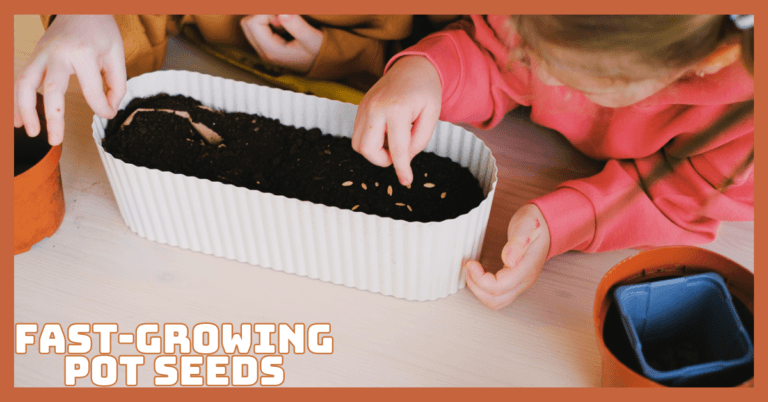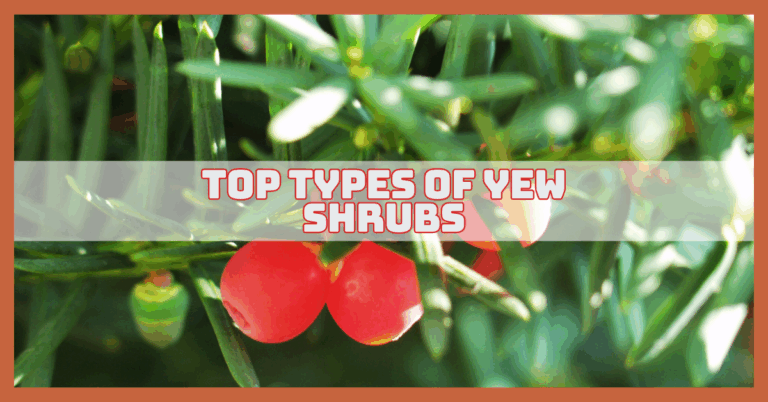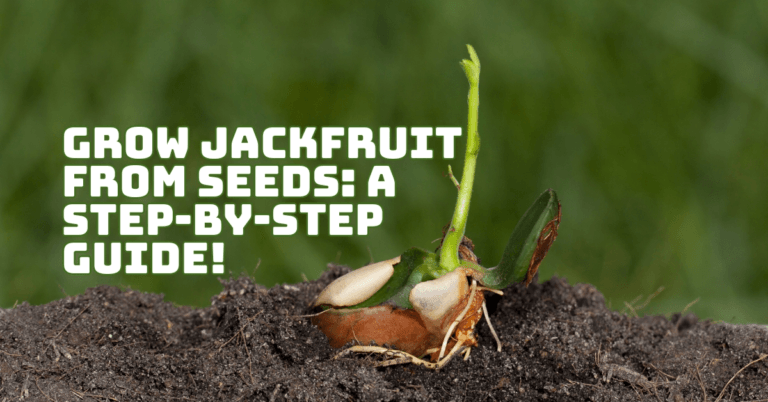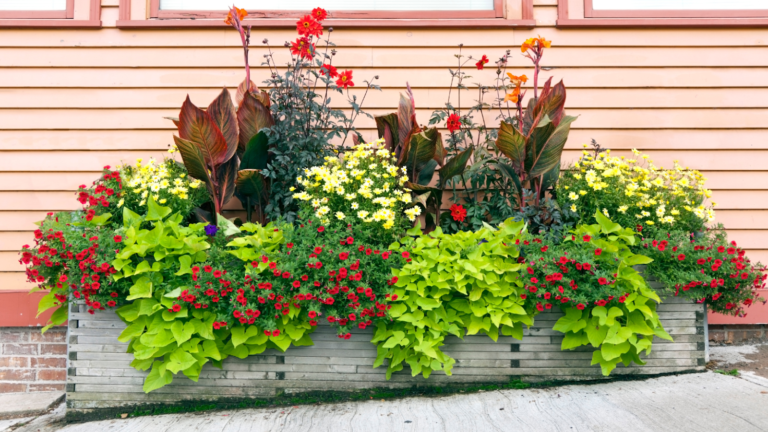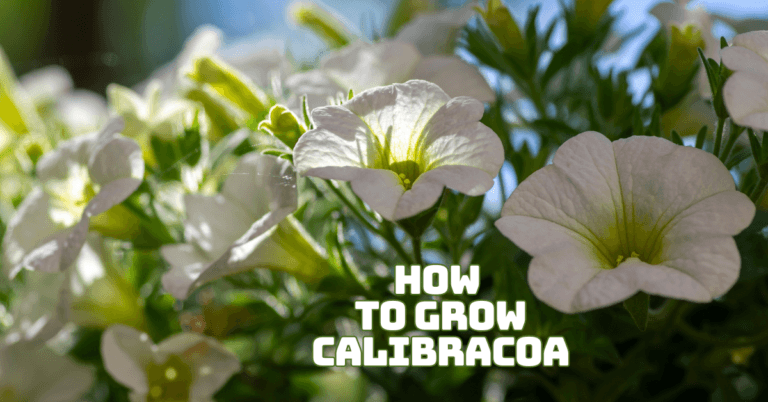Easy Steps Of Planting A Guava Tree
Easy Steps Of Planting A Guava Tree
Guava trees are considerably easier to grow than you might imagine, and if done correctly, they can produce fruit with even more Vitamin C than oranges. Aside from shielding it from the elements, the tree becomes self-sufficient after maturing.
Guavas can be produced from seed or root cuttings, but finding a cultivar from a nursery is the best option for a home gardener. In this article, I’ll share steps to help you plant guava trees successfully.
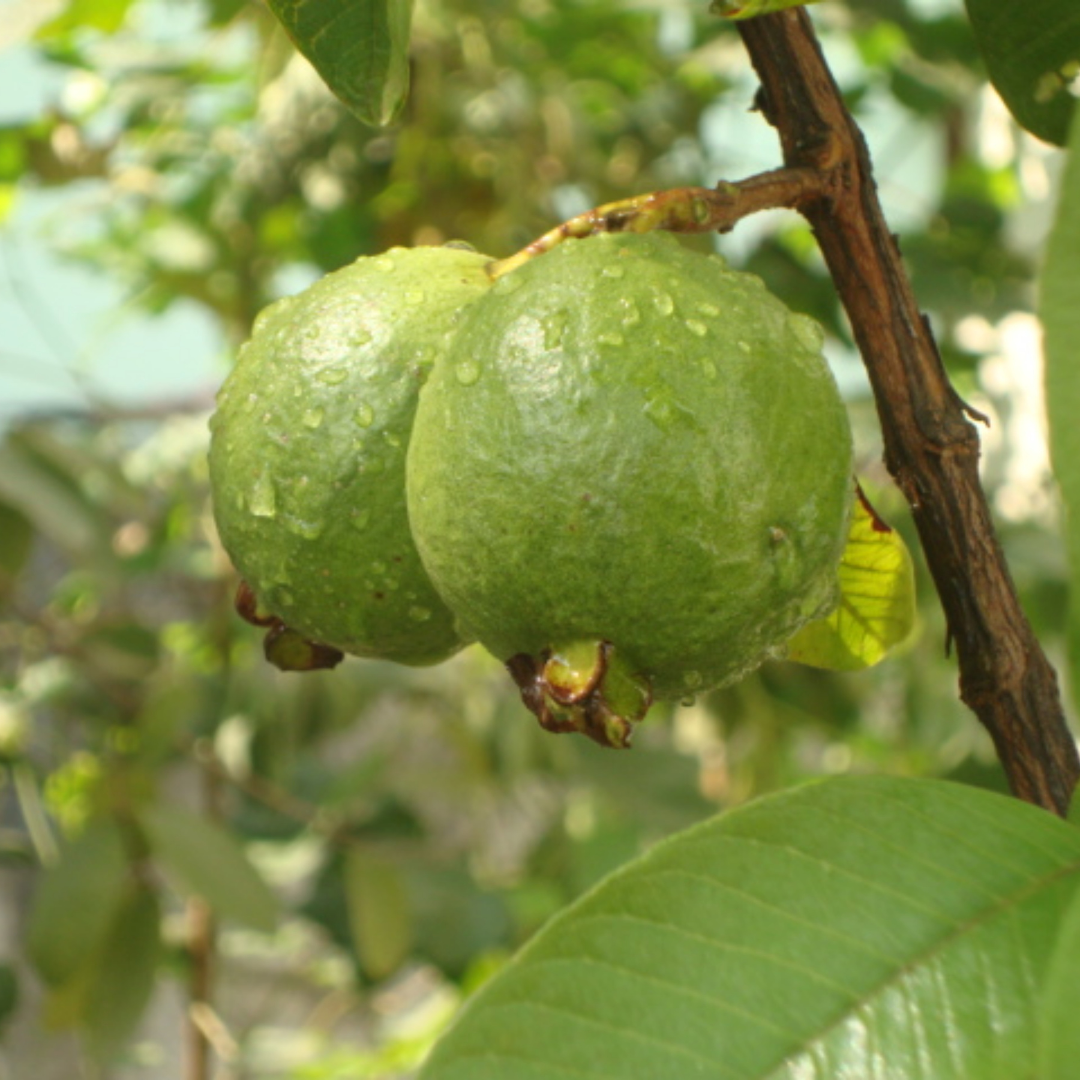
History & Origin Of Guava
According to archeological data, Guavas were used in Peru around 800 BCE. They were most likely domesticated in Peru but swiftly spread throughout South and Central America.
They had expanded north of Mexico by around 200 BCE and then to the Caribbean islands (Davidson).
Europeans first saw the guava in Haiti, where it was known as guayavu. This term (guayaba in Spanish) went over the world with the fruit, thanks to Portuguese and Spanish traders.
It was established in India, Southeast Asia, and the Pacific Islands by the 17th century (Davidson) (Morton).
Guava is now mostly produced in Brazil and Hawaii. It's become a precious commodity that's traded all around the world. Columbia and India are two more big producers (Morton).
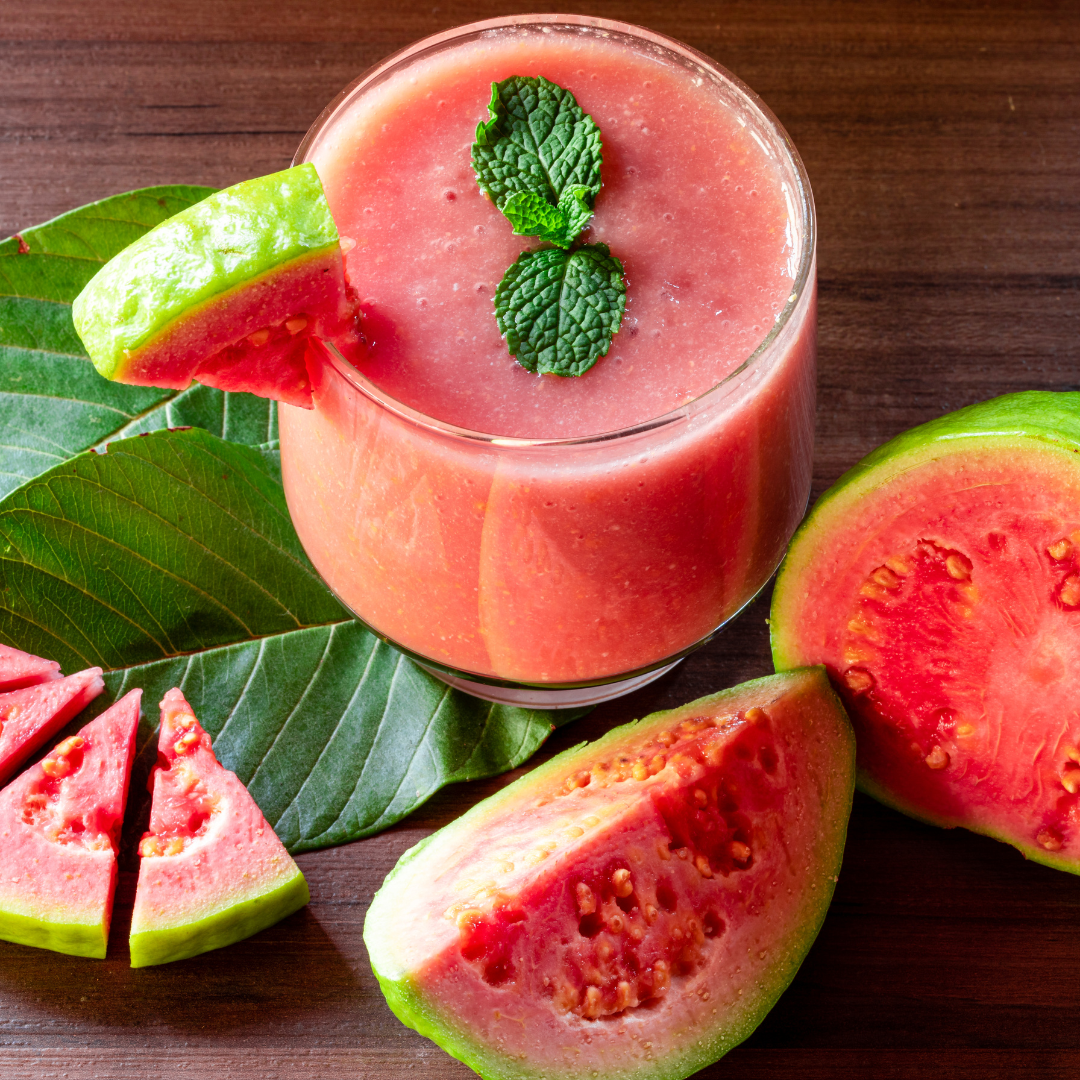
Nutrition Facts Of Guava
The USDA provides nutrition information for (165g) 1 cup of guava.
- Calories: 112
- Fat: 1.6g
- Sodium: 3.3mg
- Carbohydrates: 23.6g
- Fiber: 8.9g
- Sugars: 14.7g
- Protein: 4.2g
- Potassium: 417 mg
- Vitamin C: 228.3 mg
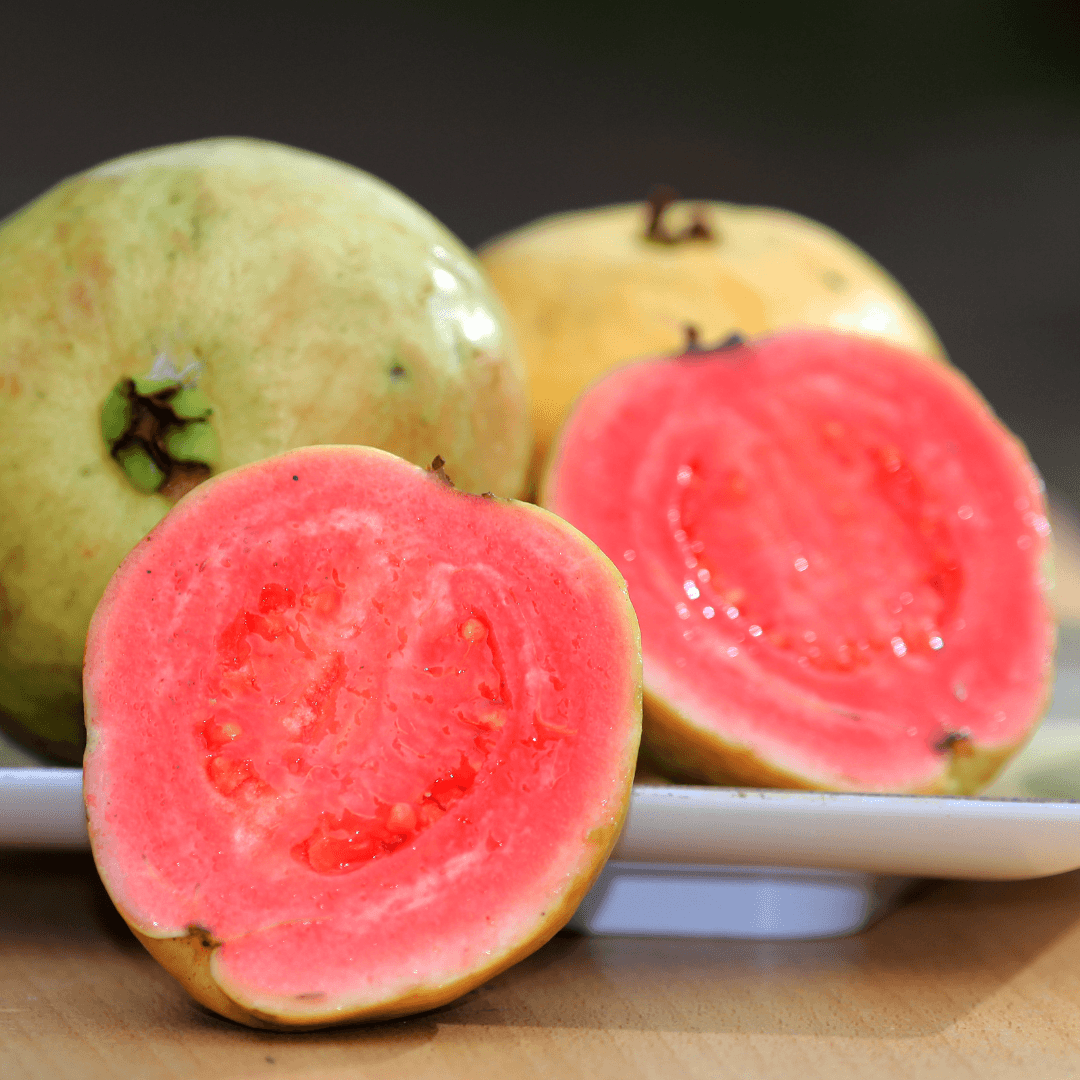
Health Benefits Of Guava
1. Helps To Build Immunity
Guavas are high in vitamin C, nearly four times the amount found in oranges. Vitamin C boosts your immune system and prevents common diseases by eliminating bacteria and viruses.
Guava also improves iron absorption, which helps to maintain your body's immunity and make you stronger.
2. Reduces Blood Sugar Levels
Guava has been shown to help control blood sugar in some studies. In several test tube and animal experiments, the Guava leaf extract improved blood sugar levels, long-term blood sugar control, and insulin resistance.
This is great news for anyone who has diabetes or is at risk of developing it. A few human studies have also yielded impressive effects.
Drinking guava leaf tea after a meal reduced blood sugar levels in 19 participants in one research. The effects were said to last up to two hours.
Another study indicated that drinking guava leaf tea decreased blood sugar levels after meals by more than 10% in 20 patients with type 2 diabetes.
3. Lowers Risk of Cancer
“Powerful antioxidants including lycopene, quercetin, vitamin C, and other polyphenols neutralize free radicals in the body, limiting cancer cell multiplication.”
“Guava fruit has been shown to be useful in reducing prostate cancer risk and suppressing the production of breast cancer cells since it is high in lycopene,” says Dr. Manoj K. Ahuja.
4. Helps During Pregnancy
Guava is frequently suggested for pregnant women because it is high in folic acid and Vitamin B-9, which aids in developing the baby's nervous system and protects the infant from neurological diseases.
The B vitamin in the apple helps your body build DNA and genetic material for the fetus by allowing cells to proliferate. As a result, guava would be an excellent addition to your pregnant diet.

5. Reduces Blood Pressure
Guava leaf extract may aid in the reduction of high blood pressure. In rat tissues, the extract demonstrated an antihypertensive impact in a 2016 test tube research, indicating that it may have the capacity to lower blood pressure.
This effect could be related to the antioxidant capabilities of the leaf extract. Antioxidants can assist in reducing blood pressure by expanding blood vessels.
However, further research is needed to discover whether guava leaf extract can help those with high blood pressure.
6. Improve Skin Health
If you're one of the many people who want to avoid fine lines and wrinkles on your face, guava is the fruit to eat.
Guava is high in antioxidants, including carotene, lycopene, and vitamins A and C, protecting the skin from various skin problems.
Guava consumption restores skin brightness and freshness, preventing problems such as hyperpigmentation, dark circles, redness, and acne.
Furthermore, the fruit aids in toning and tightening facial muscles, leaving your skin looking young and supple.
7. Improves Eye Health
Guava, like carrots, is well-known for improving visual health. Because vitamin A is present, it prevents and aids in improving eyesight. It also protects against the development of cataracts and macular degeneration.
8. Boost Heart Health
Guavas can aid heart health in a variety of ways. Many scientists believe that guava leaves' high quantities of antioxidants and vitamins can help protect your heart from free radical damage.
Guavas' greater potassium and soluble fiber content are thought to contribute to better heart health.
Guava leaf extract has also been related to reduced blood pressure, a reduction in “bad” LDL cholesterol, and an increase in “good” HDL cholesterol.
Because high blood pressure and high LDL cholesterol levels are connected to increased heart disease and stroke risk, guava leaf extract could provide significant advantages. Furthermore, the fruit may be beneficial to heart health.
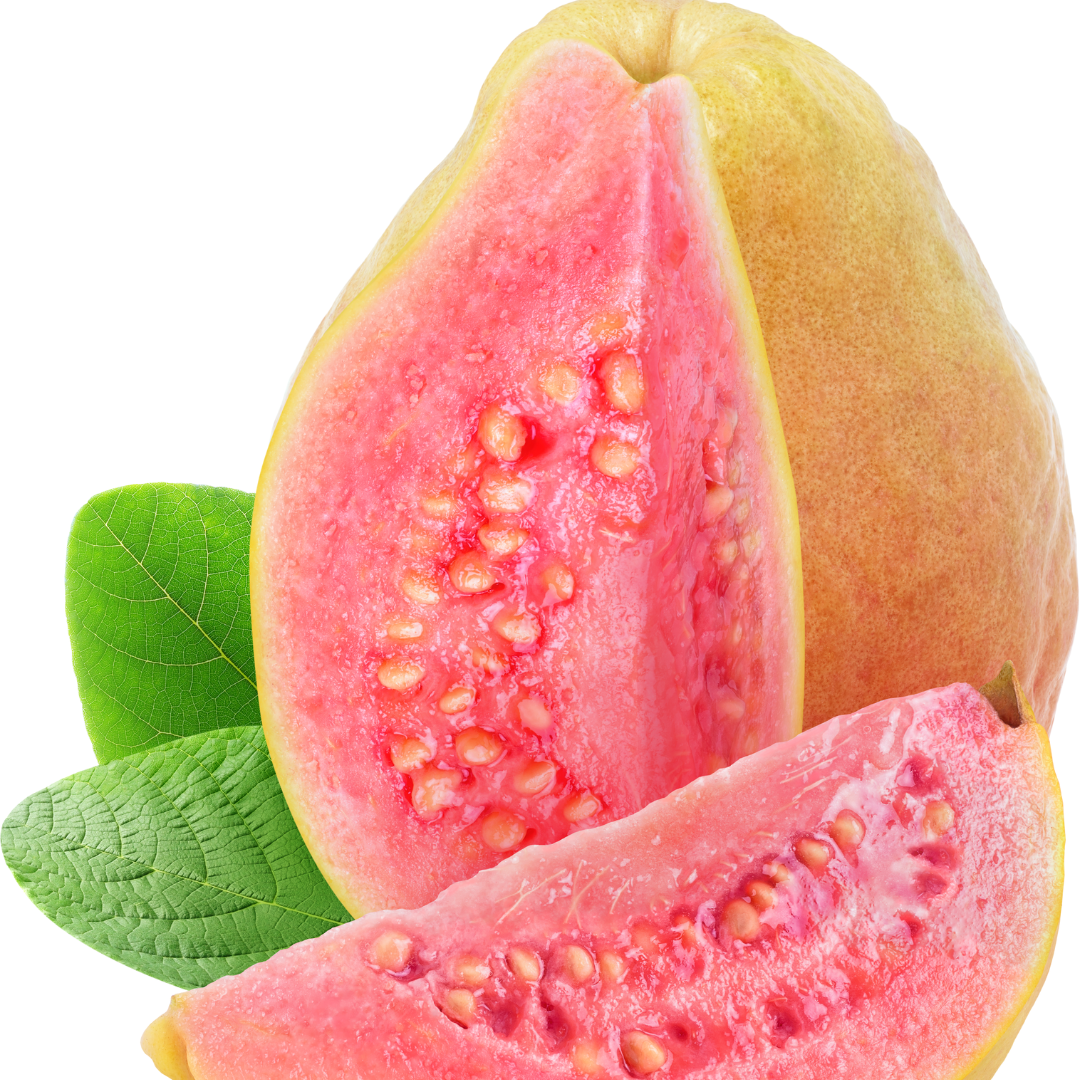
9. Prevent Cough And Cold
Guava contains one of the greatest concentrations of vitamin C and iron among fruits, which have been shown to help prevent colds and viral infections.
Juice from raw and immature guavas and a decoction of guava leaves can help relieve cough and cold symptoms by removing mucus and disinfecting the respiratory tract, throat, and lungs.
Varieties Of Guava
Most of the guava cultivars described here will grow in most home gardens; depending on the climate and location, most of these cultivars will not grow taller than 10 to 15 feet.
1. Apple Guava
This is the most commonly eaten fresh guava. It bears gorgeous white fruit that develops a light yellow as it ripens.
2. Strawberry Guava
Delicious guava with a strawberry flavour. This is a great fruit to eat right from the tree.
3. Tropical Guava
It is a yellow-skinned fruit with soft white flesh. Tropical plants emit a pleasant scent that spreads throughout your garden.
4. Red Malaysian
This is a lovely tree with crimson fruit and somewhat red leaves. The blossoms are a vibrant pink colour.
5. Mexican Cream
Also known as ‘Tropical Yellow,' this cultivar boasts a sweet, soft flesh ideal for pastries. This guava tree is more erect than other guava trees.
6. Lemon Guava
The skin and flesh of this type are yellow, with a pronounced lemon flavour. It's a tiny tree. Therefore, it's ideal if you have limited room.
7. Guava Pineapple
This variety has larger fruit that ripens in the late fall. This is a variety that I favour, and it works nicely.
8. Detwiler
This fruit is remarkable in that it is the only yellow-fleshed guava cultivar. It's not easy to come by right now, but if you do, you'll be rewarded with enormous golden fruits with a firm texture.
Steps Of Planting A Guava Tree
1. Climate and Zones
Guava can be cultivated in humid and dry settings; the ideal temperature for growing guava is between 68 and 82 degrees Fahrenheit.
USDA zones 9 through 12 are suitable for growing guava. Guava should be protected from frost or cold weather in zones 9a and 8b.
Frost will harm guava; it may recover from temperatures as low as 29°F, but it will most likely lose all its leaves.
Guava should be grown in full sun. However, it should be grown in partial shade or protected from the midday sun in desert areas. Guavas should be planted in compost-rich, well-drained soil.
Guavas grow best in soil with a pH of 4.5 to 9.4; a neutral pH of 6.0 to 7.0 is ideal. Planting guava in low regions where cold air and cross can settle is not a good idea.
2. Propagation
Guava seeds can last for a long time if stored properly. Before planting, soak the seeds in warm water for at least 24 hours, though you can leave them in the water for up to a week if necessary.
Seeds should be placed in warm, moist soil and kept damp until germinating. If you only have one type of guava, this is the most reliable form of propagation. Cuttings are the greatest way to grow multiple varieties.
Propagation using root cuttings is the next step. Cut a section of root at least 5″ long from the tree, at least 2-3 feet away.
Keep it moist by placing it in warm, damp soil. Within 3-4 weeks, new shoots should begin to emerge.
Cuttings from half-hard branches can also be rooted. Before planting, remove a bark ring from the cutting's base and add rooting hormone. It's also a good idea to keep these moist and warm.
3. Soil
Guava grows well in various soils with adequate internal and external drainage. This refers to soil that allows water to move through it easily.
Dig a 1-foot (0.30 m) hole and fill it with water to check for this soil type. It's good soil if the water evaporates in a matter of minutes. If it continues to sit, you'll have to look for a new place.
Shallow soil and compacted, stratified dirt should be avoided. It will be difficult for your roots to stretch due to this. If your soil is hard and dense, compost might assist it in reaching the ideal conditions. Work the mixture into the soil to a depth of 2 feet (0.61 m).
4. Location
While you’ll need to ensure your tree has full sun and another tree for pollination purposes, you’ll also need to keep them separate. Guavas should be placed at least 10 meters (33 feet) apart when possible but can be as close as 5 meters if necessary.
Because trees demand full sun, please place them in a sunny, well-lit spot. Provide a place somewhat protected from wind, whether by fencing or another windbreak.
Your tiny guava tree will require that protection to grow, and older trees can also be vulnerable to cold winds. Guavas can be grown in cordons as espalier trees. Other plants should not be planted beneath them because exudates from the tree's root system kill weeds and other plants at the tree's base.
5. Watering
While your guava will tolerate some drought once it has established itself, this is not the case when it is young. During their first year of growth, young trees should be watered every other day, except during the winter when temperatures are cooler and the tree is dormant.
Because your guava is shallow-rooted, most of its hydration will come from the top layers of soil. Because the upper layer of the soil dries up faster than the deeper soil, mulch can assist in keeping moisture from evaporating as quickly. By burying a soaker hose beneath the mulch, you may water at a gentle drip without harming the root system.
Even elder trees may require a little increase in irrigation during fruit production. Before watering, check the soil beneath the mulch for moisture. Once to twice a week for established, mature trees is usually sufficient.
6. Repotting
Suppose you plant guava in a container. Every spring, repot your young guava into a larger pot. Pruning the plant in the early summer will keep it smaller, improving the possibilities of fruit production.
7. Pollination
- Guavas are primarily self-fertile. When cross-pollinated with another cultivar, some cultivars may produce more fruit.
- Guavas bloom all year, but the best time to see them is when the weather starts to warm up in the spring.
- Guavas are pollinated mostly by honeybees.
8. Fertilizer
During the growing season, fertilize regularly with a balanced fertilizer for the first year of growth. Because the tree will be dormant from November to January, fertilizing will be unnecessary.
These trees want more magnesium and iron in their food, so check your fertilizer label to see whether it contains any. It's best to use a slow-release fertilizer like 5-5-5 or 6-6-6.
If you want to promote optimal fruit development after pollination, you can slightly increase the potassium content, although it's unnecessary if you're consistent with the application.
Once your guava tree has established itself and has completed its first year, increase the amount of fertilizer per feeding but reduce the frequency to every other month.
Slow-release blends, particularly granular kinds, are still favoured. Distribute it evenly across the root zone of the soil. If you choose, you can work it into the soil's surface.
9. Harvesting
When does guava get ripe? Guava fruit ripens in the second to fourth year. When the guava fruit is full-sized, slightly mushy, and aromatic, it's time to pick it.
It can, however, be harvested before it reaches full ripeness because it will continue to ripen even after it has been harvested.
If you're picking fruit early, choose fruits of a good size and leave the smaller ones to grow. Because most guava fruit lightens as it ripens, early harvests should be light green in colour and slightly firmer in texture.
Put your guavas in a paper bag alongside an apple or banana since the ethylene released by the banana or apple can help your fruit develop faster.
When plucking, avoid yanking on the tree to avoid damaging the branches. Instead, slice the wood above the fruits with a disinfected pair of pruning shears. This safeguards your product as well as your tree.
10. Storing
Ripe guava fruit can be stored in the refrigerator for 5-7 days. Green fruit can be stored in the fridge for up to three weeks, but it should be checked frequently to remove completely matured fruit.
Scoop out the soft interior flesh of the apples and compost the rind to keep them fresh for longer.
After that, the meat can be frozen or canned as jelly or jam. It's also possible to make guava syrup. It's also possible to dehydrate it as a pulp on a drying sheet and preserve it that way.
Pests & Diseases Of Guava
- Guava Wilt Disease
- Stylar End Rot
- Anthracnose
are all illnesses to watch out for.
Wilting and yellowing or bronzing of the leaves, evident sagging, and early fruit shedding are all indications of guava wilt disease.
There is no cure for this. However, large nitrogen doses after fruiting and root protection can help to prevent it.
Only the fruit of the tree is affected by the Stylar End Rot, which turns it brown or black. Although infected fruit cannot be salvaged, a fungicidal spray can save the rest of your crop.
Anthracnose kills young shoots quickly but leaves the fruit and leaves intact. It also creates black lesions on the fruit and foliage.
This is a fungal infection similar to Stylar End Rot, and fruits that are not damaged can be salvaged with a fungicidal spray.
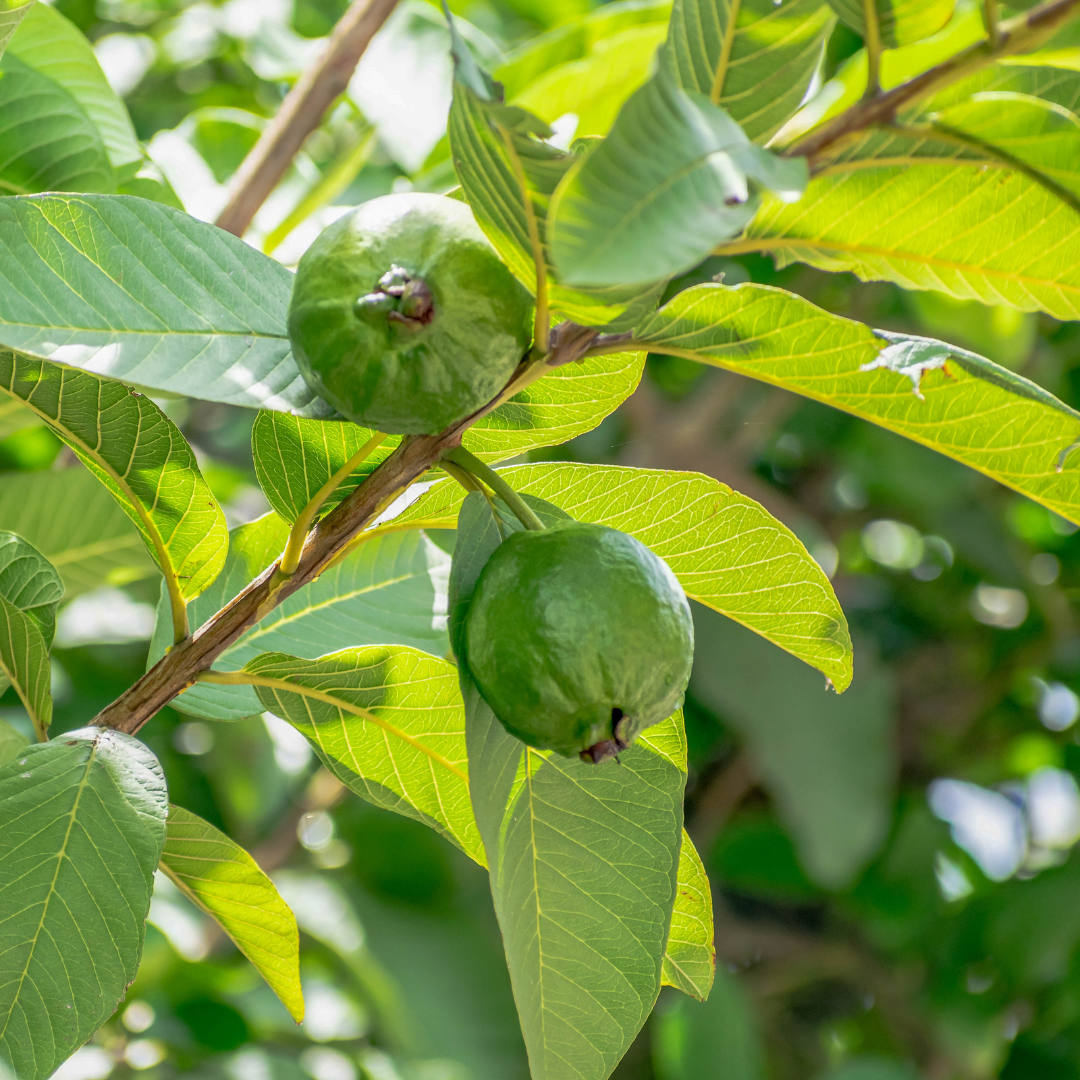
Conclusion
I hope the steps of planting a guava tree will help you. If you have any queries or encounter any difficulties, please comment here.
I trust you enjoyed this article on the Steps Of Planting Guava Trees. Please stay tuned for more blog posts to come shortly. Take care!
JeannetteZ
>>>Please click here to read my all-inclusive article about Container Gardening<<<
Are you interested in homegrown herbs and medicine? Please click here to find out more about it!
Your Opinion Is Important To Me
Thoughts? Ideas? Questions? I would love to hear from you. Please leave me your questions, experience, and remarks about this article on the Steps Of Planting Guava Trees in the comments section below. You can also reach me by email at Jeannette@Close-To-Nature.org.
Disclosure
This post may contain affiliate links. I earn from qualifying purchases as an Amazon Associate and other affiliate programs. Please read my full affiliate disclosure.
You might also enjoy these blog posts:
9 Easy Steps Of Growing Peaches In Containers
Easy Ways To Grow Pineapple On A Balcony
8 Easy Steps To Growing Kale In Containers
9 Easy Steps To Growing Lettuce In Containers
How To Grow Carrots In Containers














